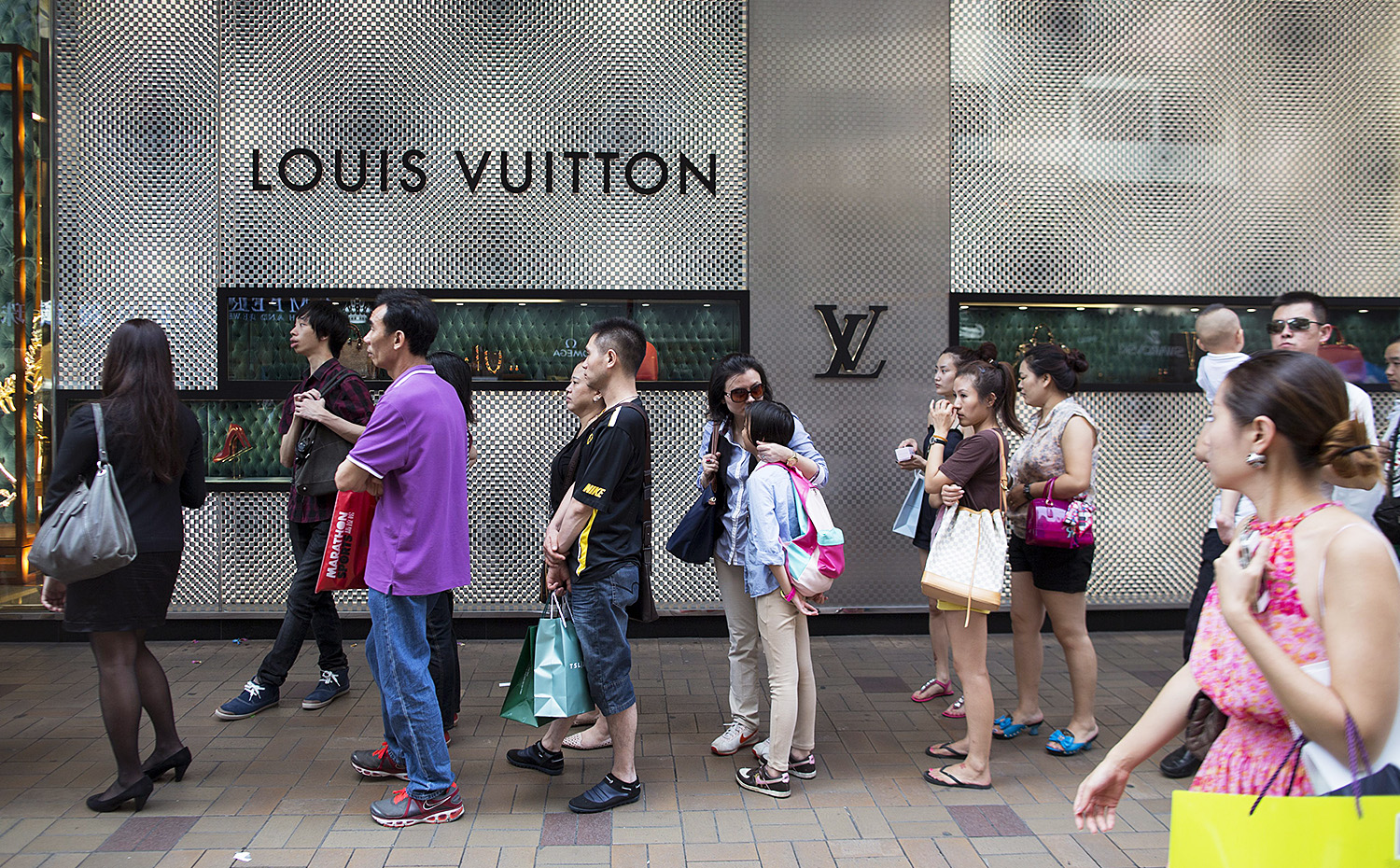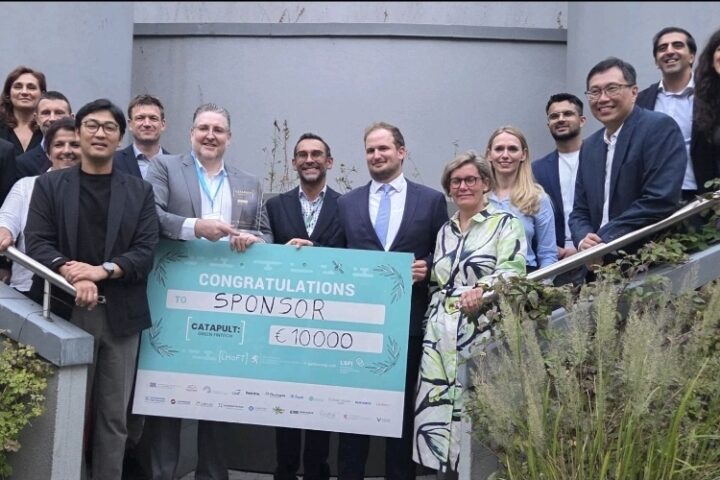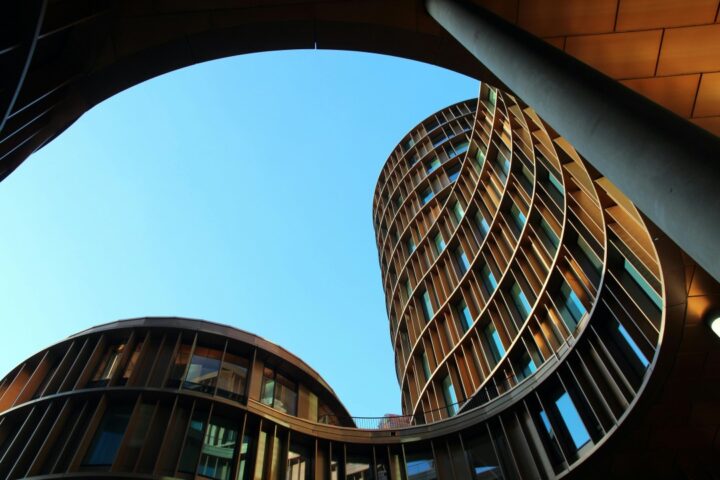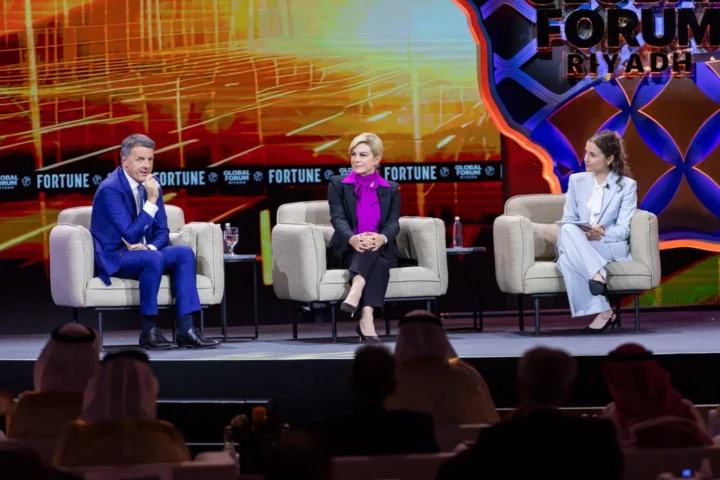As U.S.- China trade tensions rise, Chinese manufacturers are using TikTok to sell “factory-direct” goods that mimic high-end brands—without the high-end price tag.
A quiet retail revolution is happening not in shopping malls or designer boutiques, but on TikTok. Chinese factories are going viral by claiming to offer luxury-quality products—from yoga pants to designer handbags—at a fraction of the cost. Their message is simple: Why pay $100 for leggings or $10,000 for a purse when you can get the same thing for under $10 straight from the source?
In these slick, fast-paced videos, factory workers and influencers peel back the curtain on manufacturing lines that supposedly produce goods for major luxury labels. They showcase materials, stitching, and design processes nearly identical to what you’d find at top-tier retailers—but without the brand name or markup.
TikTok: The New Frontline in Global Retail
These “factory tour” clips have become a niche but booming genre on TikTok, drawing millions of views. One viral video shows a woman holding up yoga pants, confidently stating they’re made in the same facility as Lululemon’s—just priced at $6 instead of $98. Others highlight handbags styled after Louis Vuitton or Hermès, promising “real leather, real quality—minus the branding.”
By positioning themselves as the secret source behind global brands, Chinese factories are pitching a powerful value proposition to young, budget-conscious consumers: luxury looks without luxury prices.
A Gray Area Between Authentic and Imitation
While the visuals and claims are compelling, global luxury brands are sounding the alarm. Louis Vuitton has publicly denied producing any of its goods in China. Lululemon clarified that only a small portion of its products are sourced from Chinese factories, and those suppliers are rigorously vetted.
Industry experts say many of these viral products fall into a legal and ethical gray zone. They’re not always blatant counterfeits, but they’re rarely officially licensed. “These sellers are masterful at marketing ‘lookalikes’ as legitimate alternatives,” says global trade analyst Marina Cho. “It’s not about fakes—it’s about skipping the system entirely.”
Tariffs, Trade Wars, and TikTok Timing
This surge in factory-to-consumer marketing isn’t happening by accident. With the U.S. poised to tighten rules on duty-free imports under $800, and a looming 145% tariff on many Chinese goods, manufacturers are racing to build direct lines to overseas consumers before new restrictions kick in by mid-2025.
TikTok has become the perfect vehicle—cheap, global, and algorithm-driven. And for Chinese sellers, it’s more than just a sales channel. It’s a way to bypass Western retail barriers, reshape consumer habits, and establish new forms of brand-free loyalty.
The Future of Luxury in a Post-Brand World
This trend represents more than just a fashion hack—it’s a disruption of how luxury is defined and delivered. As younger consumers question the value of expensive labels, and economic uncertainty drives price sensitivity, the idea of buying “straight from the factory” is becoming not just acceptable, but aspirational.
In a world where supply chains are transparent and social media connects manufacturers to consumers instantly, the real question might not be whether the product is fake—but whether the concept of brand loyalty itself is becoming obsolete.
Bottom Line:
As global trade policies shift and consumers seek smarter ways to spend, China’s TikTok-savvy factories are rewriting the rules of luxury. What was once hidden behind glossy storefronts is now on full display—one scroll at a time.

























